Navigating the Perils: Understanding and Mitigating the 16 Risks of Using Dry Containers for Shipping
- May 20, 2024
- Blog
In global commerce, dry containers (General Purposes and High Cubes with six walls) are crucial for transporting goods across oceans, continents, and borders. These uniform metal boxes carry everything from electronics to perishables. However, they come with several risks that can impact both cargo and commerce. This guide examines these risks, their effects, and strategies to mitigate them.
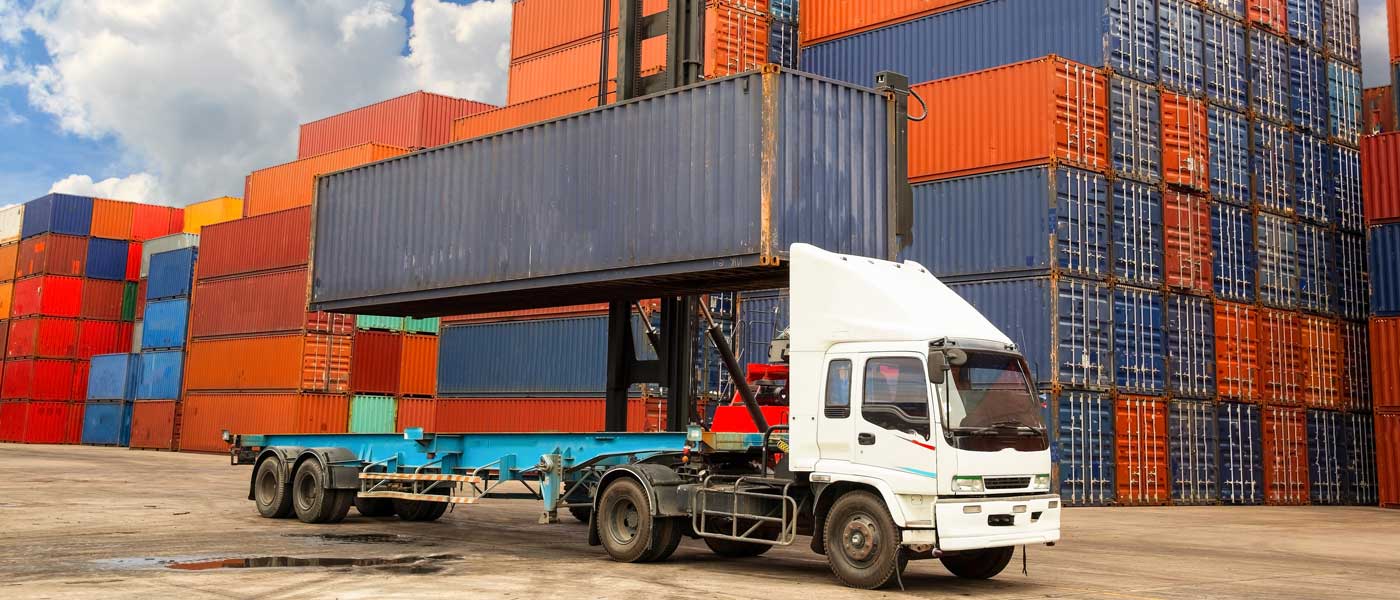
1. Contamination:
Imagine a container that once held industrial chemicals is now used for clothing products. Even with thorough cleaning, tiny traces of the previous cargo may remain, risking contamination of the new shipment. These residues can compromise the cargo’s integrity and safety, leading to regulatory violations or, worse, endangering consumer health. Most carriers have a stock of specially curated food-quality (FQ) boxes, but many shippers may not know to ask for them, or that they usually cost extra.
2. Rust Damage:
Moisture, chemicals, and saltwater can gradually corrode the metal walls of a dry container. Corrosion weakens the container’s structure, leading to breaches, leaks, and even failure. Ocean carriers screen their containers for structural integrity according to IMO requirements. However, containers are also used on rail and road transport, where they can sit unused in depots or on-site for long periods before returning to service. This unnoticed corrosion can cause costly damage to both the cargo and the container.
3. Documentation Discrepancies:
In the complex world of international trade, accurate shipping documents are essential for logistics operations. Any errors, omissions, or discrepancies in these documents can disrupt the flow of goods, causing delays, fines, or even rejection of shipments at customs checkpoints. For containers, the most critical information to document is accurate net and gross weights. Attention to detail is crucial to avoid documentation errors.
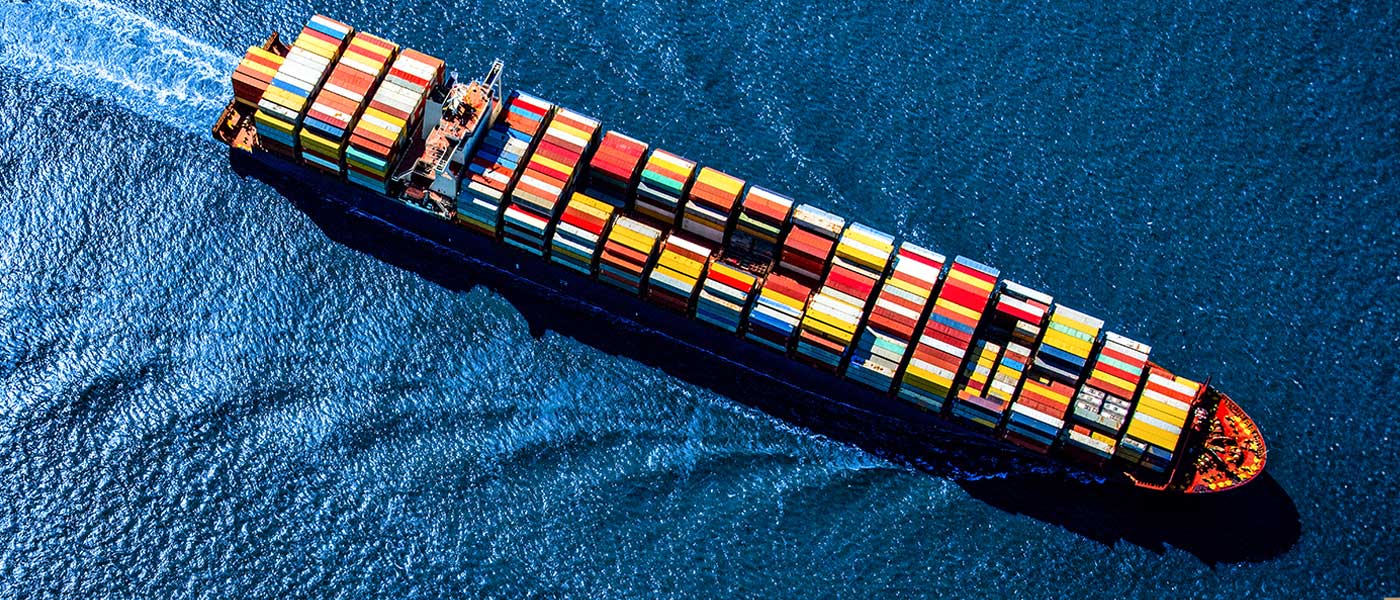
4. Delays or Malfunctions:
A seemingly minor malfunction—a jammed door or faulty latch—can quickly turn into a logistical nightmare. Delays in transit disrupt supply chains and erode customer trust, while also leaving cargo vulnerable to the elements and potential theft. Routine maintenance and rigorous pre-loading inspections are essential to prevent door malfunctions and ensure the smooth operation of dry containers.
5. Impact Damage:
Containers navigate a risky environment with potential collisions and rough handling. Each dent, scrape, or puncture in the container’s exterior can jeopardise the safety and security of the cargo inside. From forklift mishaps to crane accidents, minimising impact damage requires strict safety protocols, well-trained personnel, and robust handling equipment.
6. Incorrect Sealing:
At first glance, a damaged seal or misaligned hinge may seem minor. However, any compromise in the sealing mechanism of a dry container exposes its contents to the external environment. Whether it’s moisture infiltration, dust ingress, or pest intrusion, improper sealing can lead to cargo spoilage, contamination, or loss. This underscores the importance of regular maintenance and inspection of container seals.
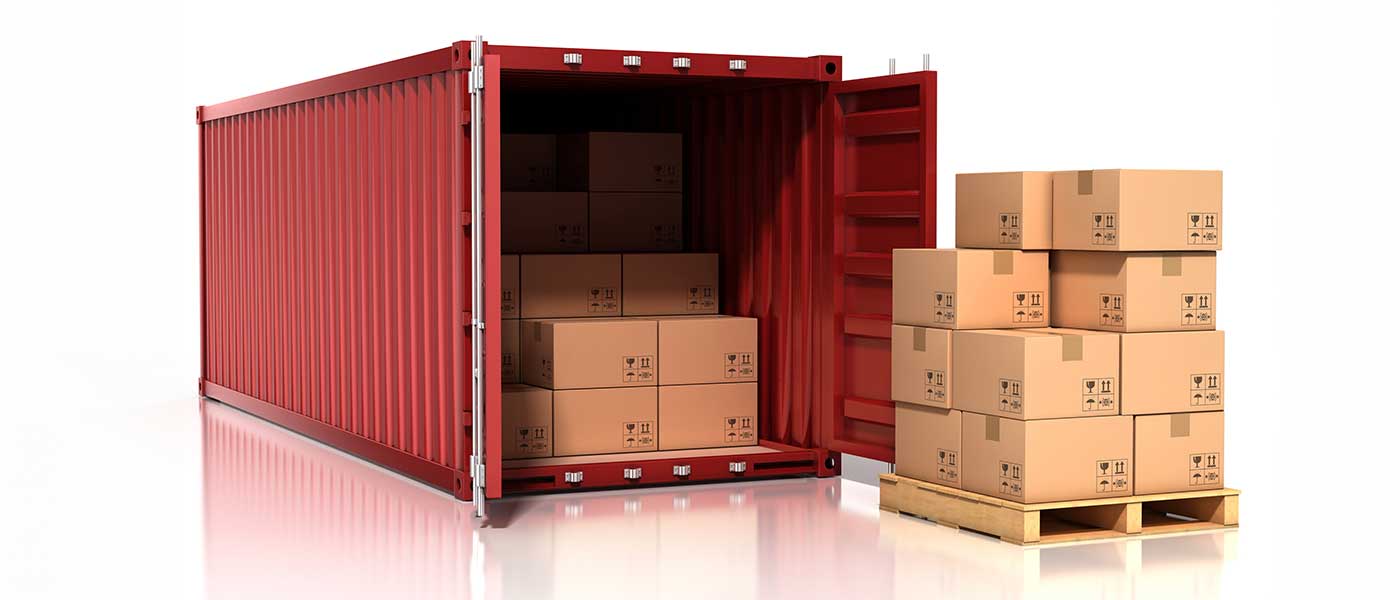
7. Labeling Errors:
A misplaced label or an incorrect marking can have far-reaching consequences. From misrouted shipments to delayed deliveries, labelling errors disrupt the seamless flow of goods through the supply chain, causing frustration and financial losses for both, shippers and consignees alike. Implementing robust labelling protocols, conducting regular audits, and investing in automated tracking systems can help mitigate the risks of labelling errors and ensure accurate cargo identification and handling.
8. Locking Mechanism Failures:
A sturdy lock serves as the final defence against cargo theft, unauthorised access, and tampering. However, insufficient locking mechanisms or worn-out components can jeopardise the security of a dry container, making its contents vulnerable to theft, vandalism, or sabotage. Investing in high-quality locking systems, such as heavy-duty padlocks and tamper-evident seals, and enforcing strict access controls are essential measures to protect cargo during transit.
9. Misdeclaration of Cargo:
Trying to misdeclare or hide the true nature of cargo, whether for financial gain, evading regulations, or other illegal reasons, can lead to severe consequences. From customs fines to legal penalties, misdeclaring cargo not only risks compliance but also endangers the safety of transportation personnel, other cargo, and the environment. Conducting thorough inspections and promoting a culture of honesty and integrity are crucial in addressing the dangers of misdeclaration.
10. Overloading or Uneven Loading:
Overloading or uneven loading not only strains the container’s structural integrity but also raises the risk of accidents, cargo shifting, and potential collapse. Meticulous planning and adherence to safety standards, including using weight distribution algorithms and load-bearing capacity calculations, are crucial to prevent overloading or uneven loading incidents and ensure the safe transport of cargo. Under IMO regulations, all parties in the ocean supply chain are obligated to know and declare accurate cargo weights.
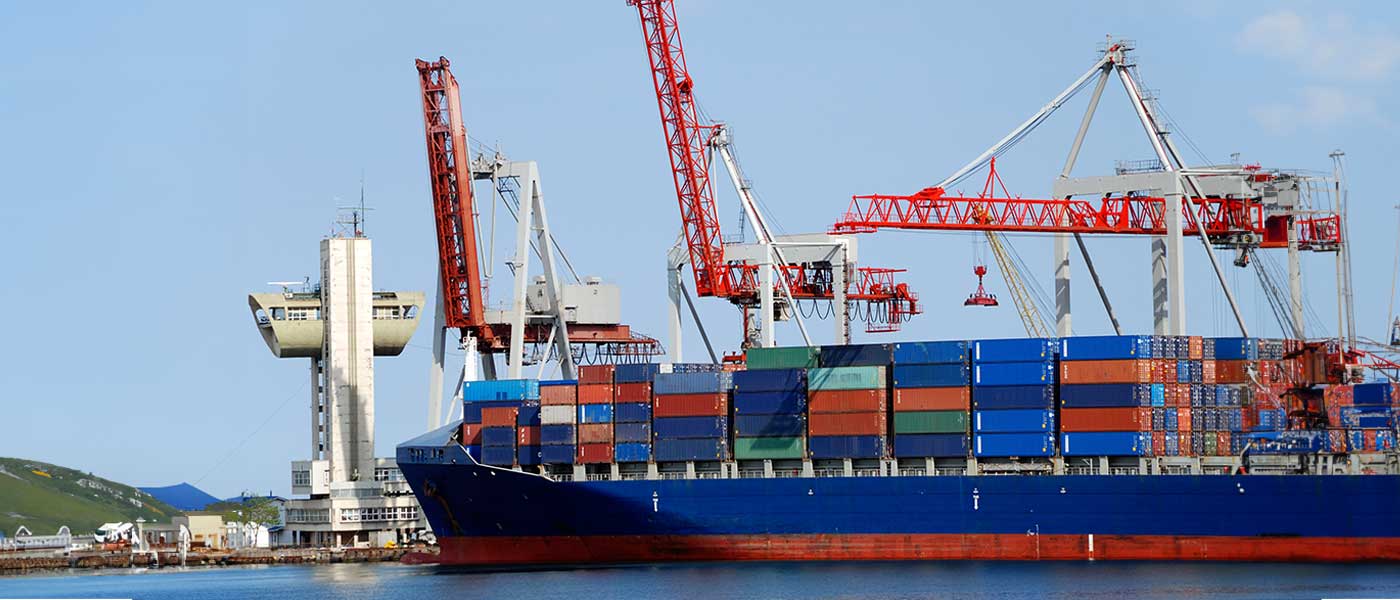
11. Pest Infestation:
Dry containers may not always be completely water or pest-proof. Although they can protect cargo from insects, rodents, and other pests, a breach in this defence—whether from damaged seals, unsecured vents, or improper fumigation—can lead to infestation, contamination, and damage to cargo. Proactive measures, such as inspecting walls and doors for holes and ensuring proper sealing of container doors, are crucial in preventing pest infestation and maintaining cargo integrity.
12. Water Influx:
Water, being the universal solvent, naturally poses a threat to the integrity of dry containers. Whether it’s a small pinhole in the roof, a corroded seam, or a compromised door seal, water can seep into containers, damaging cargo. From regular maintenance to leak detection systems, early detection and prompt action are essential in preventing water ingress incidents and maintaining the quality and safety of cargo.
13. Theft and Vandalism:
In poorly lit ports or isolated shipping yards, opportunistic thieves and vandals lurk, targeting unsecured containers. From covert thefts to deliberate acts of destruction, the risks of theft and vandalism highlight the importance of strong security measures and careful monitoring. Whether it’s installing surveillance cameras, hiring security personnel, or implementing access control systems, investing in comprehensive security solutions is vital to deter criminal activities and safeguard valuable cargo during transit.
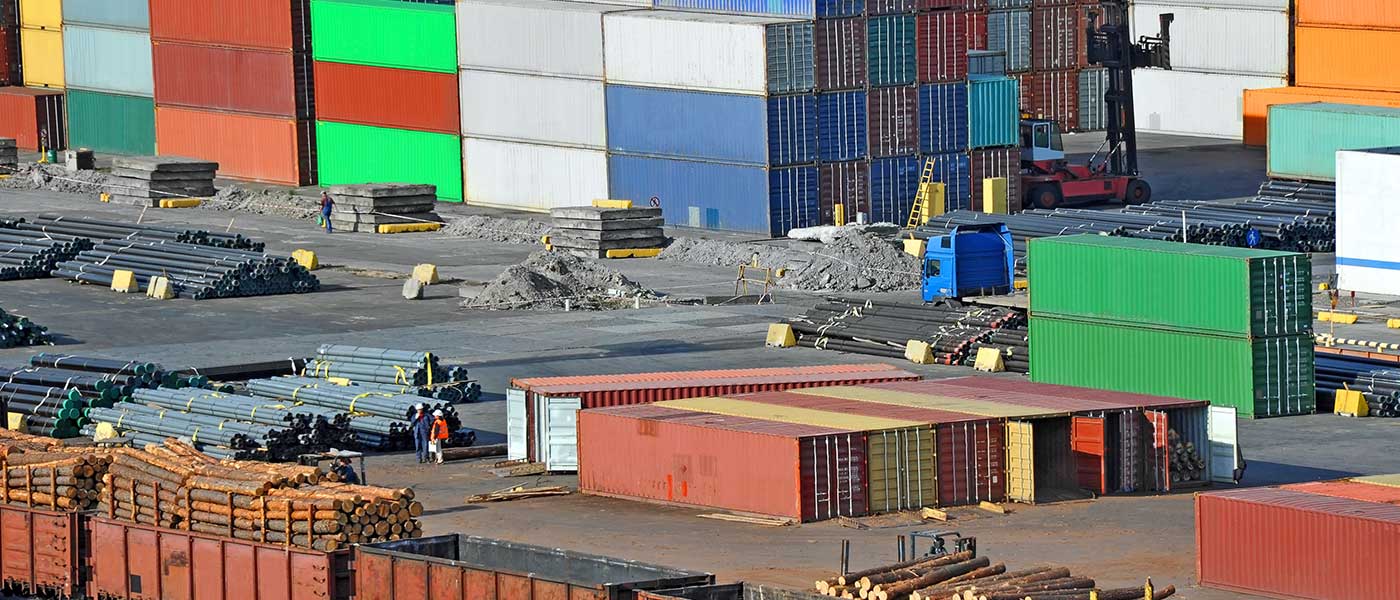
14. Stacking Pressure:
In the bustling container terminal, containers are stacked high, each bearing the weight of those above. However, improper stacking—whether due to human error, equipment failure, or bad weather—can create excessive pressure, causing structural damage or even a collapse. Adherence to safety guidelines and best practices, including load-bearing capacity assessments and stacking height limits, is crucial to prevent stacking pressure incidents and maintain the integrity and stability of container stacks.
15. Structural Failures:
For dry containers, structural integrity isn’t just a luxury—it’s essential. Any structural failure, from weakened walls to compromised floors, puts cargo safety and security at serious risk. This highlights the importance of regular inspections and maintenance. Whether it’s addressing corrosion, checking weld integrity, or reinforcing structures, proactive maintenance and adherence to industry standards are crucial. They help prevent structural failures and ensure the safe transportation of cargo. If you have concerns about a container structurally, it’s better to be safe than sorry.
16. Vibration Damage:
On the high seas, dry containers experience constant vibrations and movements. Though seemingly harmless, these vibrations can gradually dislodge contents, causing internal damage, spoilage, or contamination. To mitigate vibration damage, careful planning, proper packaging, and adherence to loading guidelines are essential. Using shock-absorbing pallets and secure bracing systems helps minimise vibration effects during transit. This protects the integrity and quality of cargo, ensuring it arrives at its destination intact and undamaged.
Conclusion
In the fast-paced world of global trade, risks associated with dry containers are always present, lurking beneath the surface like hidden obstacles. However, equipped with knowledge and foresight, shippers can confidently navigate these challenges. By implementing strong protocols and safeguards, they can mitigate risks and protect their cargo. From thorough cleaning and inspection to robust security measures and careful monitoring, each step acts as a barrier against disaster. This ensures that the journey from port to port is smooth, secure, and ultimately successful.



